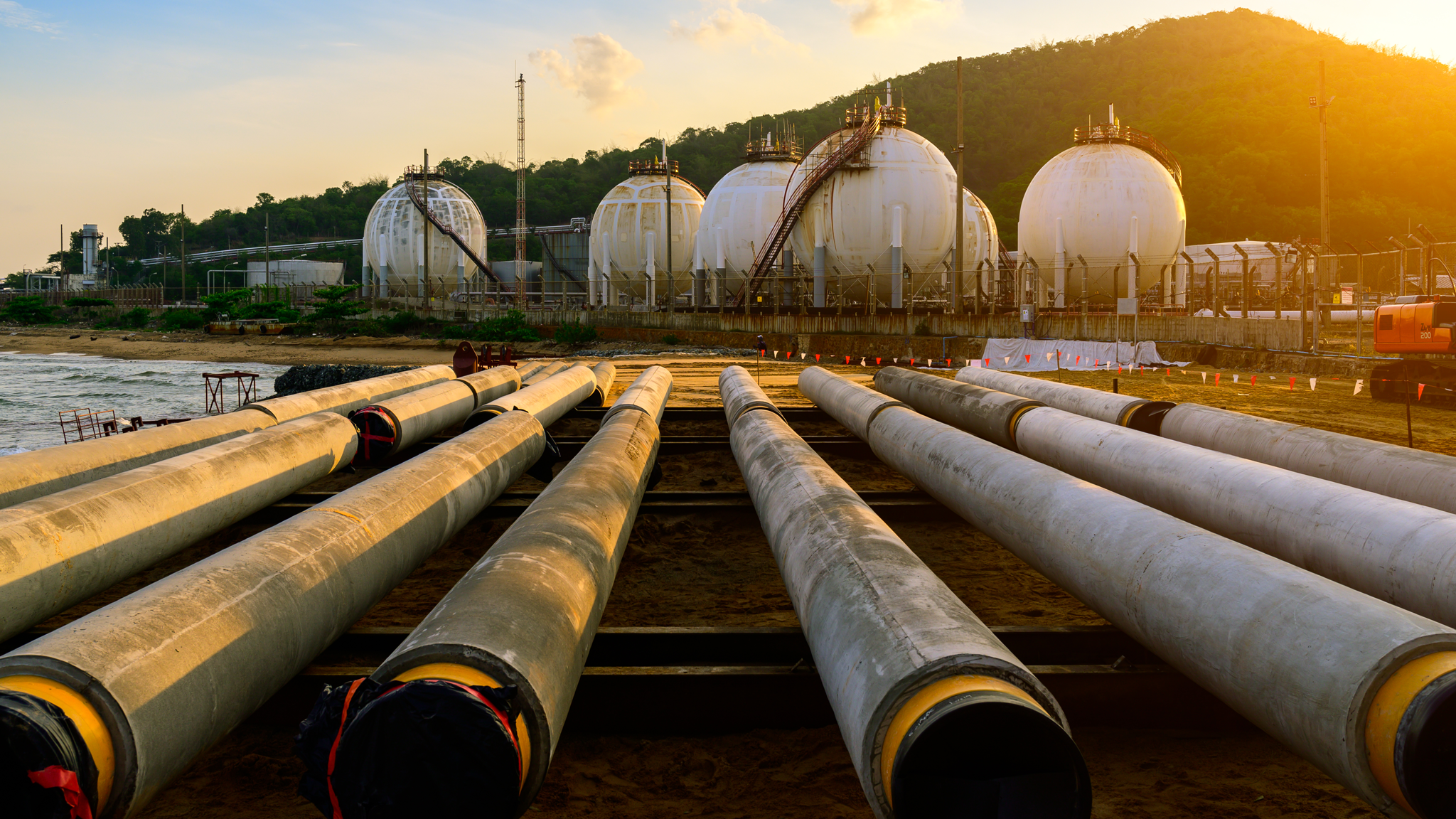TMSC-led semiconductor association begs Taiwan government for clean, green energy, warning of unprecedented 'power siege' — as demand skyrockets, fabs are struggling to keep up with power needs

With the worldwide adoption of renewable energy, plus the fact that semiconductor factories require tons of watts, you'd think that Taiwan, of all places, would be awash with power generation of the green kind. Surprisingly, Taiwan doesn't appear to have power capacity for fab expansion, nor is it mostly green. As reported by Digitimes Asia, the Taiwan Semiconductor Industry Association (TSIA) is pressuring the government to ensure a plentiful supply for the coming years in the face of an unprecedented "power siege."
The TSIA is led by TSMC, the world's largest chip manufacturer, and issued a statement asking the Taiwan leadership to address "urgent risks" with power stability and renewable energy supply. The article goes on to claim that fab clients are increasingly demanding the use of clean energy sources and highlights that the 14.1% renewable energy use by Taiwan's wafer fabs (as of 2024) falls well short of the targets set by the RE100 common initiative, of 60% by 2030, 90% by 2040, and 100% by 2050. TSMC, GlobalWafers, Asus, Acer, Pegatron, and Foxconn all participate in RE100.
Digitimes also quotes industry forecasts pointing out that should Taiwan's chip fabs reach the first 60% target in 2030, that would imply the industry would use 35 to 40% of Taiwan's entire output. If that power supply isn't guaranteed, fab owners and clients might start moving production capacity to other locations.
As of 2024, Taiwan's overall energy mix comprises over 83% of fossil fuels, a surprising figure given how nearby China has already reached almost 40% in 2025 and is climbing rapidly. The small country does have big challenges, though, as its very modest area doesn't lend itself well to large solar and wind farms.
Indeed, Digitimes remarks that the lack of solar power development is beleaguered by land disputes and "local coordination failures", noting that even if fast-tracked, most projects would need four years to start generating power, far too late for chip fabs, and a puzzling timeframe in this age where setting up a solar farm is commonplace. Additionally, there's reportedly political and scientific friction, like concerns over solar "pollution."
Almost any factory requires a clean supply of power, with many having secondary online generators and large-scale UPSes. Semiconductor factories are particularly sensitive to voltage fluctuations or blackouts, though, as those can cause the loss of entire batches of very expensive wafers and threaten worldwide supply chains
A number of incidents in recent years brought this vulnerability to light, especially during the COVID era. Power generation is rapidly becoming currency, as exemplified by AI datacenters' mind-boggling requirements.
Get Tom's Hardware's best news and in-depth reviews, straight to your inbox.

Follow Tom's Hardware on Google News, or add us as a preferred source, to get our latest news, analysis, & reviews in your feeds.

Bruno Ferreira is a contributing writer for Tom's Hardware. He has decades of experience with PC hardware and assorted sundries, alongside a career as a developer. He's obsessed with detail and has a tendency to ramble on the topics he loves. When not doing that, he's usually playing games, or at live music shows and festivals.